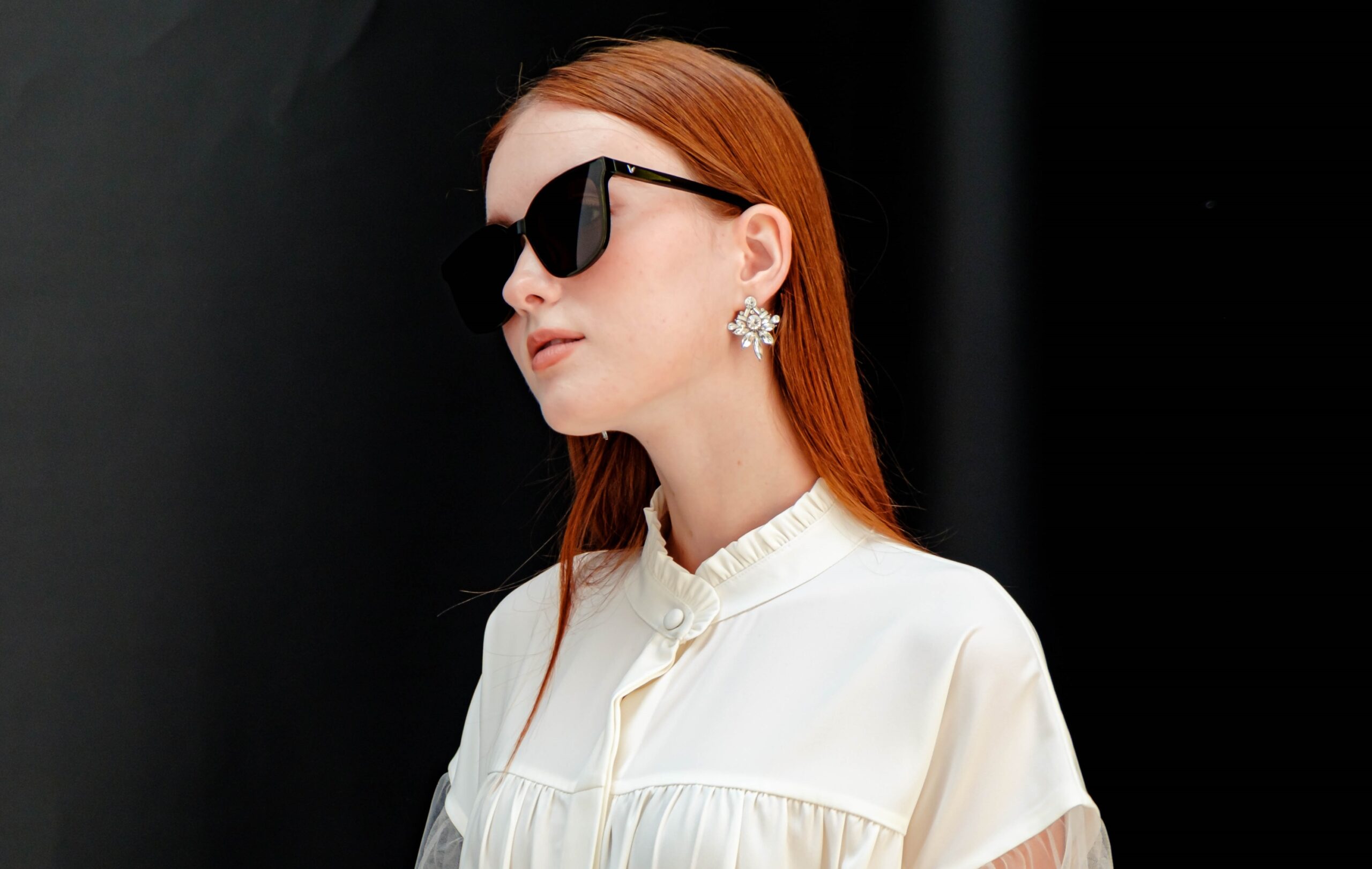
When it comes to sustainability, Canadians want brands that can walk their talk. The Trendex survey of American Express reveals that Canadian adults are more likely to trust and become loyal to companies that work to address environmental issues. On top of that, half of Canadians are more likely to purchase products that have a positive impact on the planet rather than products that align with their personal health or well-being concerns.
As a result, many industries are already launching sustainable products. One of the top industries going green is the eyewear industry, as illustrated by brands like Parafina, which has released eco-friendly eyewear since 2020. Another brand called J.Hannah also created biodegradable eyewear to reduce the amount of waste that the industry creates.
In recent times, eyewear brands have begun to increasingly utilize eco-friendly materials, like bio-acetate, to produce sustainable frames and sunglasses. In this article, we’ll examine what bio-acetate is and how you can get your own pair of bio-acetate sunglasses.
What is bio-acetate?
Compared to traditional, non-plant-based acetate, bio-acetate is sourced from biological resources rather than fossil or petrochemical fuel. Most bio-acetate uses cotton or wood pulp to create an eco-friendly alternative to plastic. Future Vvorld‘s feature on Ray-Ban’s bio-acetate Wayfarer collection explains that the material reduces CO2 production by at least 54%. This makes bio-acetate glasses biodegradable, significantly reducing unnecessary waste and promoting further mindful consumption for environmentally-inclined consumers.
Contrary to concerns that eco-friendly materials are incapable of looking sleek or stylish, the aforementioned Ray-Ban bio-acetate sunglasses retain the iconic look of the Wayfarer sunglasses — just using different, renewable materials. Of course, Ray-Ban’s eco-friendly update to the Wayfarer is only one example of a growing trend of brands adopting bio-acetate in producing their eyewear rather than harmful, oil-based plastics.
Benefits of bio-acetate
As touched on above, bio-acetate is similar to its standard counterpart in almost every way. This allows brands and fashion houses to retain familiar designs and looks in their frames while being more environmentally friendly. Bio-acetate sunglasses provide the same quality and performance as their standard alternative but are marketed for a more ecologically conscious generation of consumers.
Aside from cutting down CO2 production, bio-acetate is also hypoallergenic, making it a safe alternative for people with sensitive skin. Bio-acetate frames are also more robust and highly flexible, bending instead of easily breaking like most plastic. The material biodegrades within three years in natural environments, while it takes a mere 115 days to biodegrade in industrial composting conditions.
What brands are selling bio-acetate sunglasses?
Fortunately, many brands have made bio-acetate eyewear widely available to consumers. Due to Canadians’ high demand for eco-friendly products, Clearly offers sustainable eyewear frames that can suit every budget from brands such as Ray-Ban and Oakley. Their renewable and biodegradable frames are even offered at discounted prices, making these eco-friendly products more accessible to all. Despite being cost-effective, consumers have plenty of eco-friendly frame styles and colours to choose from.
Meanwhile, those who want high-end and eco-friendly eyewear pieces can purchase glasses from Marchon. Marchon Eyewear is using Eastman’s Acetate Renew materials to create its premium frames. These materials are made from 60% bio-based content and 40% certified recycled content to reduce landfill scrap, greenhouse gas emissions, and fossil fuel usage. Though these materials are different from the usual materials used by Marchon, you can ensure that you’re paying a premium for a good cause.
At the end of the day, sustainable sunglasses and eyewear have become a growing trend in fashion — and they’re here to stay.





